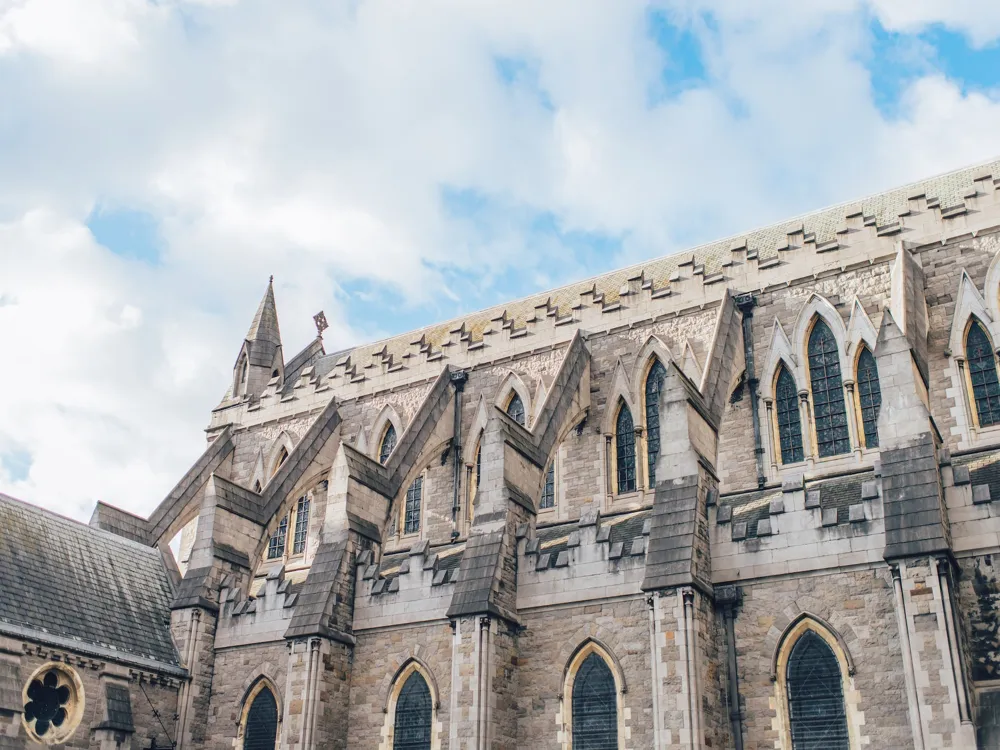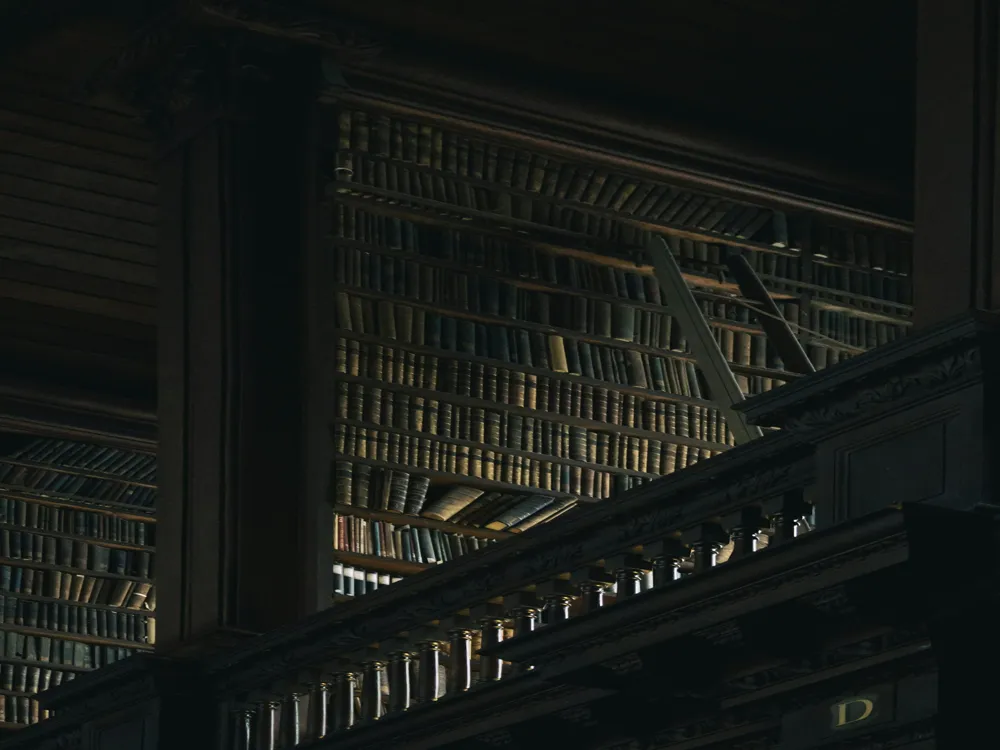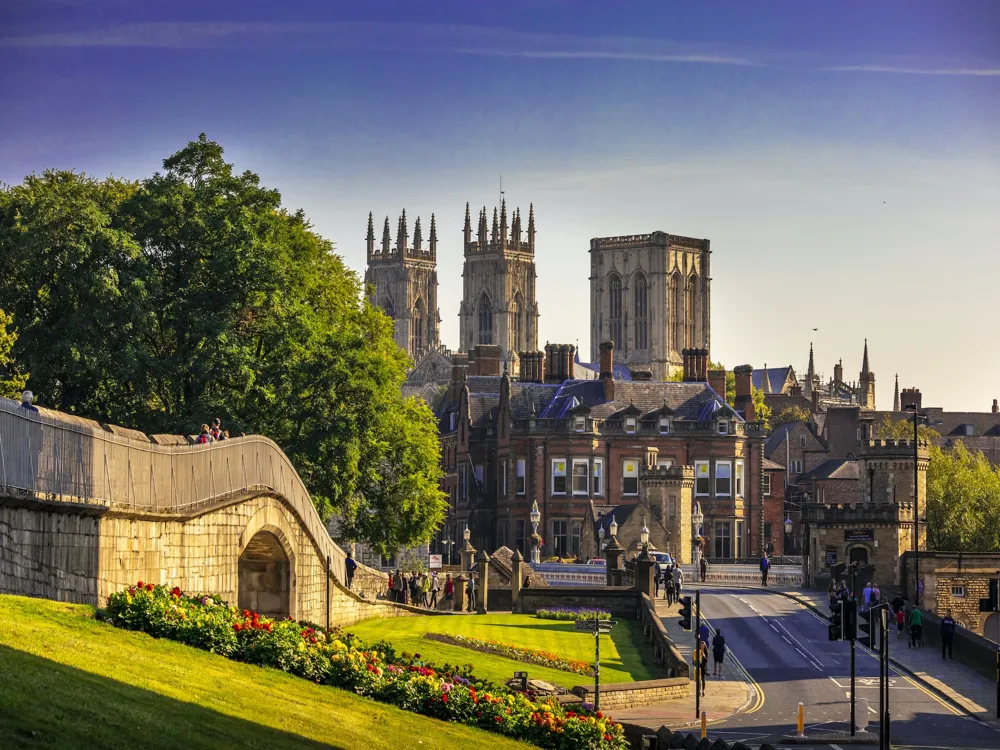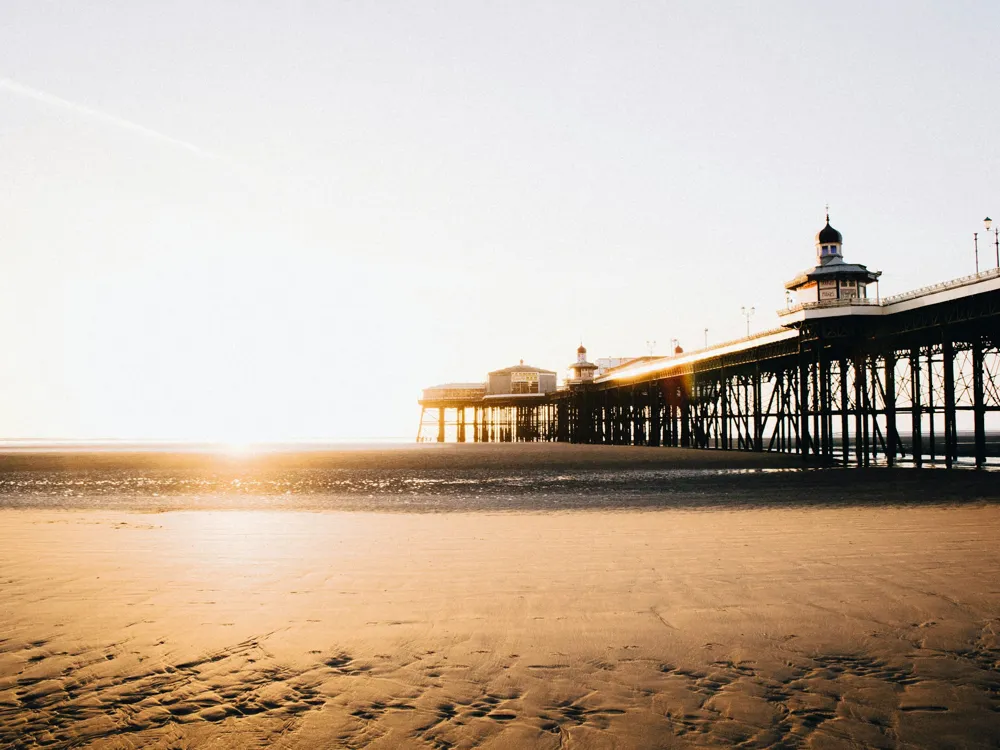Christ Church Cathedral, a masterpiece of medieval architecture and a beacon of Dublin's historical and cultural heritage, stands as a monumental testament to the city's rich past. Founded c.1028, this stunning cathedral is not only a place of worship but also a treasure trove of history. Its architecture, a blend of Victorian, Gothic, and Romanesque styles, tells a story of Dublin's evolving aesthetic and religious landscape over centuries. The cathedral, officially known as The Cathedral of the Holy Trinity, has been a pivotal structure in Dublin's skyline, witnessing and withstanding various historical events including the English Reformation, the Irish Civil War, and the modernization of Dublin. The origins of Christ Church Cathedral trace back to the early 11th century when it was founded by the Norse King Sitric Silkenbeard. The original wooden structure underwent numerous reconstructions and expansions, especially under the Anglo-Normans in the 12th century, transforming into a stone cathedral. It played a central role in the medieval religious life of Dublin and was a site of significant historical events, including the infamous excommunication of the Earl of Kildare in the 16th century and the consolidation of the dioceses of Dublin and Glendalough. The 19th century saw a major restoration of the cathedral under the supervision of architect Sir George Gilbert Scott. This period marked the introduction of Victorian Gothic elements, significantly altering the cathedral's appearance. The renovation included the addition of a massive organ, stained glass windows, and intricate stone carvings, emphasizing the cathedral's historical and architectural significance. Today, Christ Church Cathedral is not only an active place of worship but also a major tourist attraction in Dublin. Its rich history, combined with its stunning architecture, makes it a must-visit for anyone interested in Dublin's heritage. The cathedral also hosts a variety of cultural events, including concerts and exhibitions, further cementing its role as a central cultural hub in the city. The architectural grandeur of Christ Church Cathedral is a harmonious blend of various styles accumulated over centuries. Its structure is a testament to the architectural evolution from the medieval period to modern times. The cathedral's facade, dominated by a Romanesque entrance and a Gothic nave, is an imposing sight, reflecting the historical significance and artistic beauty of the building. The primary architectural styles visible in Christ Church Cathedral are Gothic and Romanesque. The Gothic style is evident in the pointed arches, ribbed vaults, and flying buttresses, while the Romanesque influence is seen in the rounded arches and massive structure. This combination of styles provides a unique aesthetic that captures the historical progression of architecture in Dublin. The interior of the cathedral is equally impressive, with its intricate stone carvings, magnificent stained glass windows, and the famous vaulted roof. The cathedral houses numerous tombs and memorials, including the reputed tomb of Strongbow, a key figure in the Norman invasion of Ireland. The detailed stonework and elaborate memorials inside the cathedral offer a glimpse into the artistry and craftsmanship of the medieval period. Throughout its history, Christ Church Cathedral has undergone various restoration projects to preserve its historical and architectural integrity. The most significant of these was the Victorian restoration, which not only saved the cathedral from ruin but also enhanced its aesthetic appeal. Today, ongoing conservation efforts ensure that the cathedral remains a significant part of Dublin's architectural heritage. While Christ Church Cathedral is open year-round, the best time to visit is during the spring and summer months when Dublin's weather is most pleasant. Avoid visiting on Sundays if you wish to explore the cathedral without the crowds of worshippers. As a place of worship, visitors are expected to dress modestly. It's recommended to avoid wearing shorts or sleeveless tops. Additionally, maintain a respectful silence inside the cathedral, especially during services. Consider joining a guided tour for a more insightful experience. The tours often include access to areas not open to the general public and provide a wealth of information about the cathedral's history and architecture. Christ Church Cathedral is centrally located in Dublin and is easily accessible by various modes of transportation. The most convenient way to reach the cathedral is by using Dublin's extensive public transport system, including buses and the Luas tram. For those driving, there are several parking facilities nearby. Additionally, the cathedral is within walking distance from many central Dublin locations, making it a convenient stop for those exploring the city on foot. Read MoreOverview of Christ Church Cathedral Dublin
History of Christ Church Cathedral
Victorian Restoration
Modern Significance
Architecture of Christ Church Cathedral Dublin
Gothic and Romanesque Elements
Interior Artistry
Restoration and Preservation
Tips When Visiting Christ Church Cathedral Dublin
Best Time to Visit
Dress Code and Etiquette
Guided Tours
How To Reach Christ Church Cathedral Dublin
Christ Church Cathedral Dublin
Dublin
₹ 84,000 onwards
View dublin Packages
Weather :
Tags : Church & Cathedral
Timings : Monday, Wednesday, Friday and Saturday: 10:00 AM - 6:00 PM,
Tuesday, Thursday: 10:00 AM - 5:30 PM
Sunday: 12:30 PM - 3:00 PM, 4:30 PM - 6 :00 PM
Entry Fee : Adult - EUR 10,
Student - EUR 9,
Senior: EUR 8.50
Child - EUR 3
Planning a Trip? Ask Your Question
Dublin Travel Packages
View All Packages For Dublin
Top Hotel Collections for Dublin

Private Pool

Luxury Hotels

5-Star Hotels

Pet Friendly
Top Hotels Near Dublin
Other Top Ranking Places In Dublin
View All Places To Visit In dublin
View dublin Packages
Weather :
Tags : Church & Cathedral
Timings : Monday, Wednesday, Friday and Saturday: 10:00 AM - 6:00 PM,
Tuesday, Thursday: 10:00 AM - 5:30 PM
Sunday: 12:30 PM - 3:00 PM, 4:30 PM - 6 :00 PM
Entry Fee : Adult - EUR 10,
Student - EUR 9,
Senior: EUR 8.50
Child - EUR 3
Planning a Trip? Ask Your Question
Dublin Travel Packages
View All Packages For Dublin
Top Hotel Collections for Dublin

Private Pool

Luxury Hotels

5-Star Hotels

Pet Friendly






















